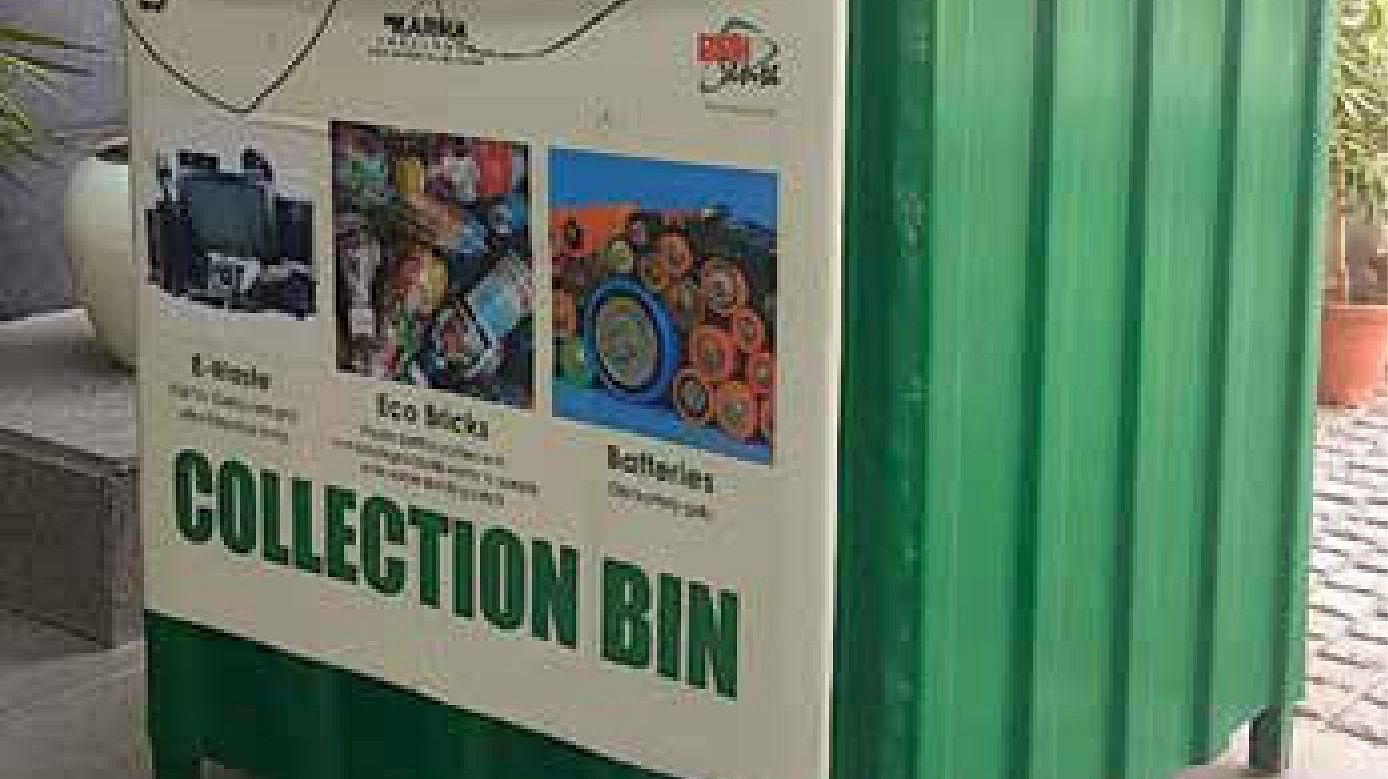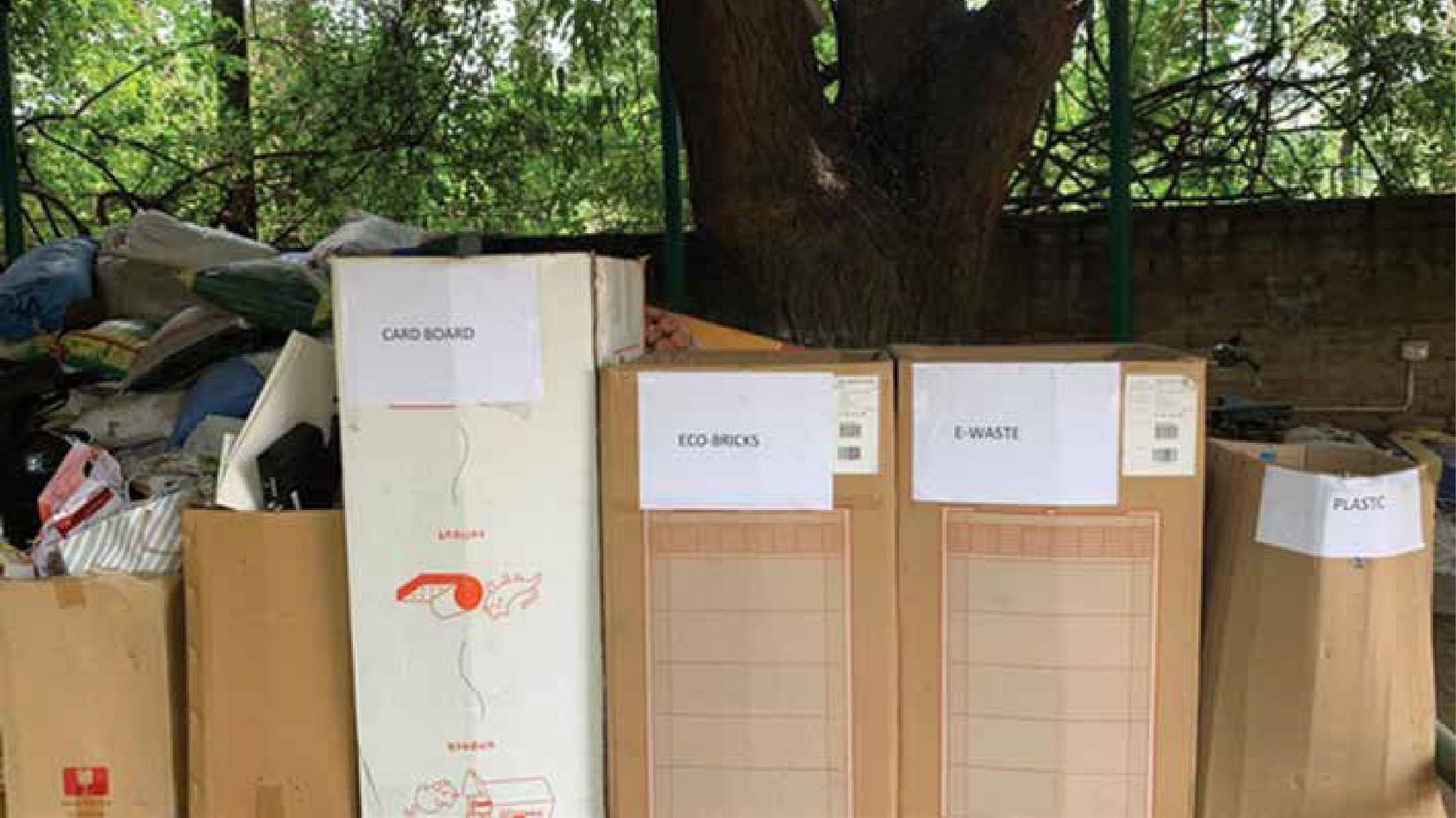- Best Christmas Celebration in Delhi
- A Serene Weekend Getaway from Noida
- Activities in Gurgaon
- Short Trip from Delhi
- Weekend Getaways from Noida
- Pet-friendly Resort in Gurgaon
- Events in Gurgaon
- Tourist Places in Gurgaon
- Night Life in Gurgaon
- Wellness Retreat Near Delhi
- Weekend Getaways From Gurgaon
- Weekend Getaway near Chandigarh
- Two Days Outing near Delhi
- Anniversary Celebration Near Delhi
- Offbeat Places Near Gurgaon
- Things to Do in Manesar
- Sightseeing in Gurgaon: Experience the Other Side of Gurgaon
- IT Parks in Gurgaon
- New Year Celebration in Gurgaon
- The Best Vacation Places Near Delhi
- Offbeat Places Near Delhi
- Weekend Getaways From Delhi
- Holiday Resort Near Delhi
- Romantic Getaway Near Delhi
- A Delightful Summer Vacation in Gurgaon
- Karma Lakelands: An Idyllic Nature Resort Near Delhi
- When Shit Hit the Fan, Crores of Investment Went 5 Feet Under !!
- The Lockdown Revelations
- Ecotherapy in the times of Covid 19
- The Brown & Beautiful Story of Composting
- Legends, Legacy, and Lakelands!
- Green Drive Began from Home
- Air Quality in Green Areas
- No Time To Waste!
- Karma Lakelands
- In Harmony with the Elements
- The (Golf) Course Where It All Begins!
- Sustainability in Hospitality is Now a Dire Necessity
- Nurture Children In Nature
- Karma Villas
- The Staycation Gateway
- Playing Golf, The Karma Way
- Karma Weddings
- A Villa for Your Majesty
- Timeless Weddings
- Responsible Living at Karma Lakelands
- Nek Chand - The Inspirational Cornerstone of Karma Lakelands
- Luxury Living at its Best
- Blissful Living at Karma Lakelands
- 8 Reasons to Stay with Karma Lakelands
- Weekend Destinations Near Delhi
- Bamboo Forest at Karma Lakelands
- Places to Visit In and Around Manesar
- A Valentine’s Day Special in Gurgaon
- A Wedding Day Checklist for Brides
- Pet Friendly Diwali At Karma Lakelands
- Things to Do With Your Furry Friend on a Weekend
- Eco-initiative: The Brown & Beautiful Story of Composting
- Family Weekend Getaway In Delhi NCR
- The Perfect Picnic Spots near Delhi NCR for One Day
- A Weekend Getaway in Delhi-NCR for Couples
- The Ideal Pre Wedding Shoot Venue
- Karma’s Man of the Moment
- Consecrating the Banner of Patriotism
- Nature’s Teaching for the Next Generation
- Voyage of a Visionary
- Pet-friendly Cafe in Gurgaon
- Staycation in Gurgaon
- One Day Picnic
- A Romantic Dinner in Gurgaon
- Resort in Gurgaon for Family Outing
- Corporate Offsite Near Delhi

Alarm bells ring as Delhi is caught in a quagmire of huge garbage that is strewn across the dumping grounds and landfills daily…
Don’t litter, it doesn’t glitter! Taking a cue from it, we, at Karma Lakelands (KL), have chosen the path of not throwing anything! Instead, we segregate waste generated at the source, so that these are turned into resource materials and put to good use. No, don’t think we are competing with local kabadiwalas (scrap dealers)! Our conflict is with the city municipal corporation’s garbage handling system that directs huge quantities of recyclable goods into landfills. And we are staunchly against it.
Don’t litter, it doesn’t glitter! Taking a cue from it, we, at Karma Lakelands (KL), have chosen the path of not throwing anything! Instead, we segregate waste generated at the source, so that these are turned into resource materials and put to good use. No, don’t think we are competing with local kabadiwalas (scrap dealers)! Our conflict is with the city municipal corporation’s garbage handling system that directs huge quantities of recyclable goods into landfills. And we are staunchly against it.

Delhi’s stinking mountains
The waste generated from all over the city is dumped at three landfill sites –Bhalswa, Okhla and Ghazipur. With tons of garbage pouring in daily, the situation in Bhalswa and Okhla is alarming, while Ghazipur is about to set a record of the worst kind. According to recent reports this landfill site might become taller than the Taj Mahal, by 2020. • The pile of garbage in east Delhi’s Ghazipur site is 65 metres high. • Height of the Taj Mahal in Agra, Uttar Pradesh is 73 metres. • The tallest brick monument in the world Qutub Minar in Delhi is 72.5 metres.
Hill Jaoge!
Last year, radio channel Red FM launched Mission Hill Jaoge at Mount Ghazipur to push Delhi authorities into action. Mountaineer Akash Jindal and FM RJ Raunac (aka Baua) climbed the hill to conquer it and capture the essence of Hill Jaoge. On reaching the peak, they raised a flag with ‘Who is responsible?’ written over it to question and provoke the citizens and also the authorities. The exercise should have been to make a beginning by segregating dry and wet waste at home itself, which would have solved at least half the problem. Instead, the trash has only grown higher!
Earth sense initiative
It might seem like a drop in the ocean, but as alarming conditions prevail at all the three landfill sites, KL continues to work towards the environment and has further expanded its initiative to our residence in Green Avenue, Vasant Kunj. By sensitizing our neighbours and Green Avenue Residents Association, which is a community of about 100 farmhouses, in our own way, we are working towards lessening the load on landfills. And with each passing week, the quantity of recyclable goods (that is being collected) has been increasing. We have arranged an e-rickshaw that goes to each farmhouse every Monday (11am-1pm) to collect dry waste. Whether out of solidarity or to save themselves the embarrassment (!), residents are segregating their household waste and contributing to the cause.
Waste management
The practice, being followed both at KL and Green Avenue, also has the staff members bring in a substantial amount of dry waste from their homes and add to the waste pile. Of course, it can be embarrassing if the vehicle is stopped for security check and trash found in the dickey! But until now, none has complained. Our aim is that - from an eye drop carton to a discarded jumbosized TV, nothing should go into the landfills via the municipal waste management system.
What is dry waste?
• Cardboard boxes (any size) • Dry food packaging containers • Glass bottles • Metal spray cans • Electronic items • Battery cells (dry) • Paper • Plastic • Rubber • Aluminium foil •
And more such items….
And more such items….
How waste is treated?
We have a tie-up with recyclers who collect paper, cardboard and plastic waste. They turn this waste into stationery products including, folders, books, note pads and pen. The products are then offered to our clients free-of-cost. For every 100 kg waste paper that is recycled, as part of the ‘green initiative’ drive, the recycler plants a tree on behalf of the client.
Did you know?
• One tree can produce up to 500 writing pads of 20 pages each. • Recycling one PET plastic bottle can conserve sufficient energy to run a 60 watts’ bulb for 6 hours. • Recycling 100 kg PET plastic bottles can save about 750 litres of petrol.
Recycling electronic items
Electronic devices comprise variable proportions of glass, metal and plastic. Hence efficient segregation is the foundation of e recycling and these are processed in an environment-friendly manner.
What is non-recyclable?
• Old files (index and cobra files) • Laminated documents • White paper sheets shredded into strips • Paper documents turned yellow over time • Food waste • Used paper plates and napkins • Medical waste • Photographs • Styrofoam • Wood • Egg cartons